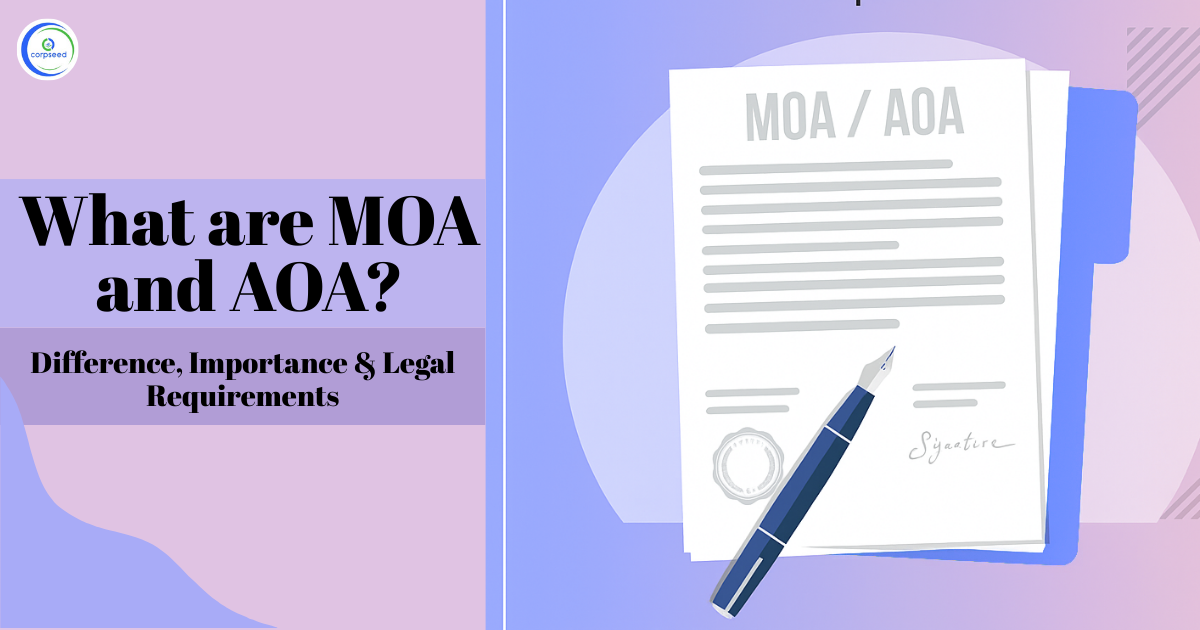Definition: Corporate Insolvency
When a firm is unable to fulfill its debts to its creditors, it is declared insolvent. There are two methods for determining whether or not a company is insolvent:
- The Cash-Flow Test: Is the company currently unable to pay its debts as they become due, or will it be unable to do so in the future?
- The Balance Sheet Test: After taking into account as-yet-unknown and future liabilities, is the value of the company's assets less than the number of its liabilities?
Table of Contents
CIRP (Corporate Insolvency Resolution Process):
CIRP (Corporate Insolvency Resolution Process) is a creditor recovery procedure. A financial creditor, an operational creditor, or the corporation itself may begin CIRP if it becomes bankrupt.
Any individual to whom a company debt is owed, or to whom such an amount is lawfully assigned or conveyed, is a financial creditor. Banks and other financial institutions, for example.
Any person to whom an operational debt is owed, as well as anyone to whom such an amount has been lawfully assigned or transferred for products or services performed by them, is an operational creditor. Vendors and suppliers, employees, the government, and so forth.
The Insolvency and Bankruptcy Code of 2016 allows start-ups, individuals, partnership firms, limited liability partnerships, and corporations to file for insolvency or bankruptcy. The Code has set a default value in each category, but the final amount must be declared by the government as the trigger point for the procedure to begin, bearing in mind the economy's fluctuation. It's vital to note that the stated amount is a 'range,' not the lowest or maximum set amount of debt default.
After submitting an application, CIRP is activated. The CIRP process determines whether or not the person who has defaulted is capable of repaying the debt. The corporation is restructured or liquidated if a person is unable to repay the loan. The steps to follow for a corporate resolution or liquidation are as follows:
NCLT application:
A company's financial or operational creditor, as well as the firm itself, can file an application with the National Company Law Tribunal (NCLT). The application is made to admit that the Company (Corporate Debtor as defined by the IBC) is in the process of resolving its insolvency. The creditor must establish default payment of a debt in excess of INR 1, 00,000, and the NCLT must issue a decision admitting or denying the application within 14 days. When filing an application with NCLT, a financial creditor and an operational creditor have different duties to meet. A financial creditor must first make a demand for his unpaid debt, but an operational creditor must first make a demand for his unpaid debt.
Interim Resolution Professional and Moratorium:
When a company is admitted to the CIRP, the board of directors is suspended. In addition, the management has been placed under the supervision of an impartial 'interim resolution specialist.' Furthermore, until the end of the CIRP, management has no authority over the company's operations from this point forward. Simultaneously, a moratorium goes into force, prohibiting:
- Continuation or commencement of any legal action against the corporate debtor.
- Assets are being transferred.
- Any security interest enforcement
- An owner's recovery of any item from it
- The moratorium lasts until the corporate debtor is in CIRP and the delivery of necessary goods and services is suspended or terminated.
The moratorium, however, does not apply to the corporate debtor's crucial commercial commitments.
Claim Verification and Analysis:
At this stage, an interim resolution professional will gather and verify the creditors' claims, as well as classify them. After that, after 30 days of being accepted into CIRP, a Committee of Creditors (COC) will be formed, which will include all of the corporate debtor's financial creditors.
Resolution Professional Appointment:
The COC must decide whether to appoint the interim resolution professional as a resolution professional or to replace the interim resolution professional with another resolution professional within seven days of the committee's formation.
Approval of the "Resolution Plan":
Within 180 days of the start of CIRP, creditors must approve a resolution plan for the company's rebirth. This term can be extended by the NCLT for another 90 days. A strategy like this can be proposed by anyone, including management, creditors, or a third party. The resolution professional is in charge of ensuring that the plan fits the Insolvency and Bankruptcy Code's 2016 standards.
- If a plan is approved and sanctioned by NCLT within this time frame, the approved resolution plan becomes binding on the corporate debtor and its workers, members, creditors, guarantors, and other stakeholders. It is the resolution professional's responsibility to secure all relevant approvals required under any current law within one year of the adjudicating authority's approval.
- If no resolution plan is approved within the specified time, the NCLT is required to order the corporate debtor's liquidation. Following the approval of liquidation, COC appoints a liquidator to sell the corporate debtor's assets and distribute the proceeds to the stakeholders.
This portion of the site is for informational purposes only. The content is not legal advice. The statements and opinions are the expression of author, not corpseed, and have not been evaluated by corpseed for accuracy, completeness, or changes in the law.
BOOK A FREE CONSULTATION
Get help from an experienced legal adviser. Schedule your consultation at a time that works for you and it's absolutely FREE.
_corpseed.png)







.png)
